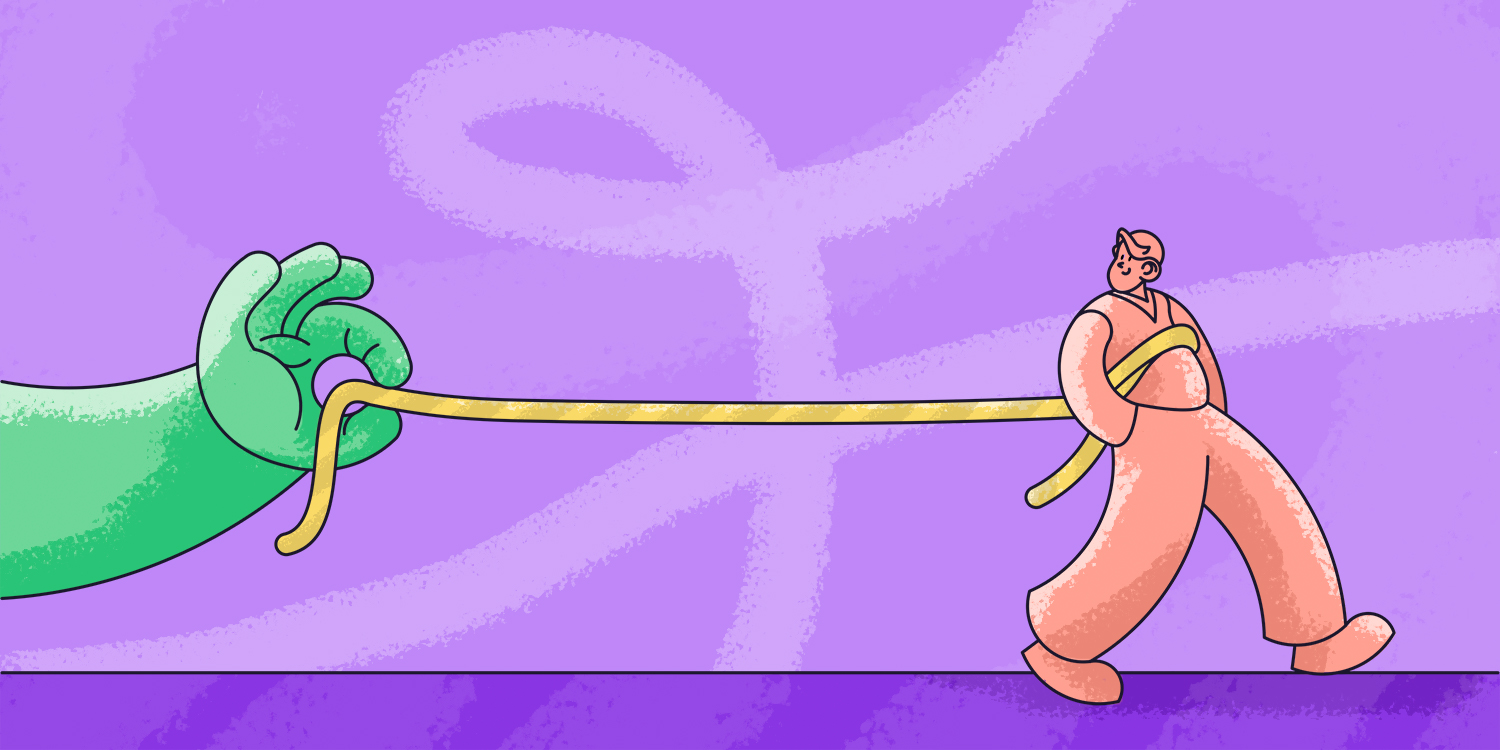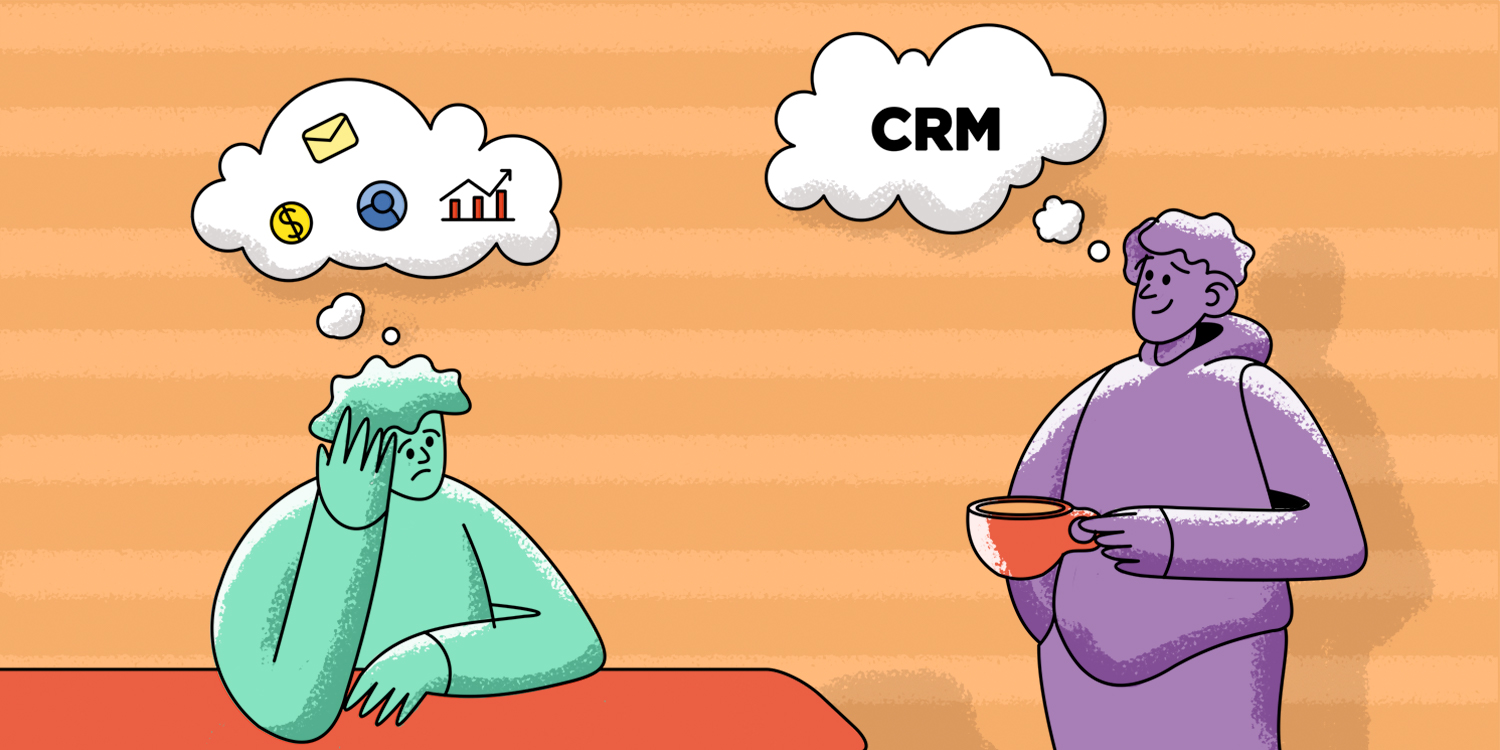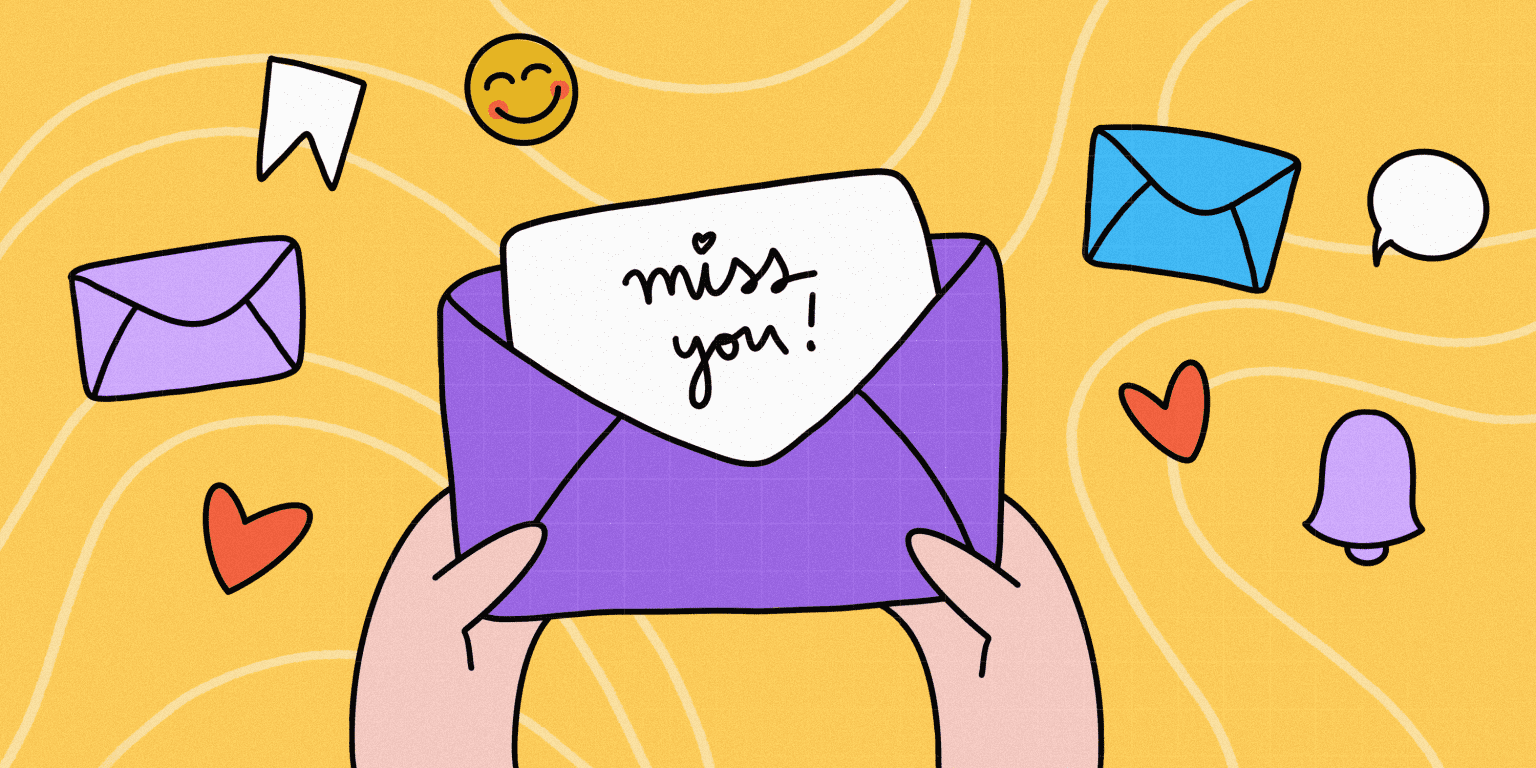You might have noticed changes in your customers’ decision-making process, buying behavior, and their more critical approach to shopping. Such dramatic shifts signal that your consumers have reevaluated their values and purchasing mindsets.
But have YOU done the same?
With this, you need to reconsider not only customer acquisition tactics but also pay more attention to their retention since it’s even more beneficial for you! As Frederick Reichheld from Bain & Company has determined, customer retention is 20% cheaper than acquisition. Moreover, he’s not alone in this observation because 82% of companies agree that it’s waaaay cheaper to retain than acquire.
Let’s see how customer retention can be less backbreaking compared to acquisition and how you can apply it to boost your revenue in the new COVID-19 realities.
Outline:
What is customer retention?
Before jumping straight to the retention perks, let’s start with its definition.
Customer retention is a scope of various activities or strategies a company uses to minimize the churn rate and prevent customers from joining a competitor’s side. Its goal is to make your existing buyers continue purchasing products or services from you.
According to Forbes, it’s easier to convert a repeat buyer into a loyal customer with a 60-70% likelihood. Meanwhile, the chances of converting a new lead are 20%, at best. As you can see, it’s faster, cheaper, and takes less effort compared to acquisition.
Besides, by increasing your customer retention rate by just 5%, your profits can skyrocket by 25% to 95%. It means you don’t need to be so stressed about attracting more new prospects anymore. Instead, focus on buyers who have already made one purchase from you. You have everything you need, just make good use of it!
Tip from Snov.io: It’s a common misconception to think customer retention starts after your client has purchased something from you. It’s not entirely correct. Customer retention starts right after their first contact with your company. For example, SaaS companies use retention and acquisition equally to promote and sell their services.
To retain or not to retain? That is no longer the question you need to ask your sales team. Rather, ask yourself, which strategy to choose?
How to build a customer retention strategy? Top customer retention examples
A collection of well-planned tactics and initiatives a business applies to build and increase customer loyalty is called a customer retention strategy. How it’s shaped entirely depends on your business model and brand positioning.
Let’s say it right away, a perfect formula to boost your customer retention in a day doesn’t exist. It will require some time to wade in, but the good news is you can start building on what you already have. Your brand positioning and values are the essential ingredients of your customer retention strategy because they show your focal points.
Another misconception is that having an excellent, in-demand service or product is the key to high acquisition and retention rates. In reality, it’s not enough because you need to complement it with strong marketing strategies, retention strategies, customer targeting strategies, and so on.
The following examples of the must-have retention strategies are so simple and brilliant that it’s hard to resist not using them. Let’s check them out!
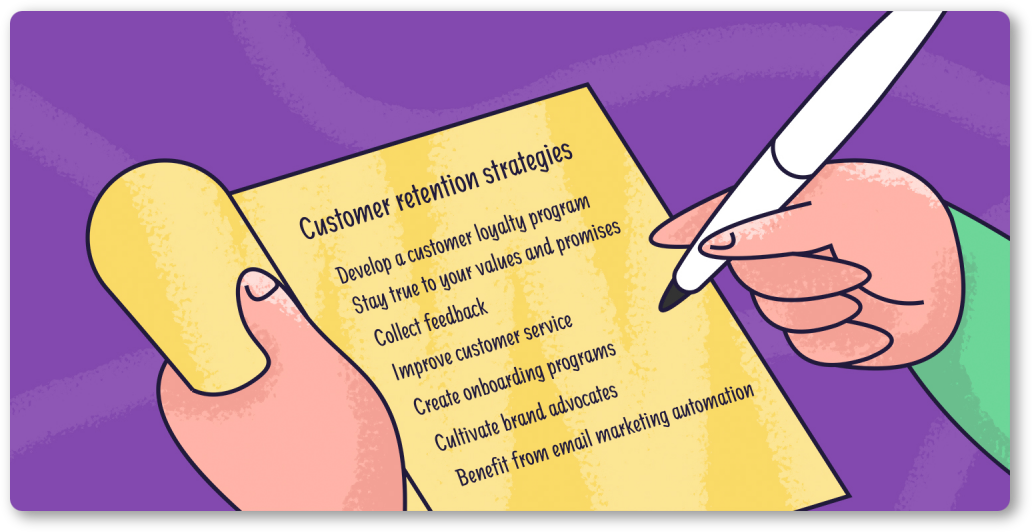
1. Develop a customer loyalty program
You might think that retaining a bunch of customers using loyalty programs is an overused and outdated strategy. Wrong!
Just recently, Yotpo has asked 3,800 respondents across four different demographics (Gen Z, Millennials, Gen X, and Baby Boomers) in the US, UK, and Australia questions related to brand loyalty and discovered that it has increased because of COVID-19.
Due to the lockdown hurdles, consumers’ behavior showed an inclination towards being more personal and emotionally engaged when buying from their favorite brands:
‘Those willing to spend more on a brand if even cheaper options existed skyrocketed from 34.5% in 2019 to 56% in 2020.’
It’s more than a mere transaction now because people yearn for a sense of security and stability. Over 70% of consumers are more likely to recommend a brand if it has a good loyalty program and, during pandemic times, this number started to grow.
By creating a loyalty program, you can keep your retention rate and revenue at the desired level. Remember that your loyalty program members can spend 12-18% more per year than other customers. Also, recognizing your buyers’ input is a restatement and additional reminder of your values, promises, and agreements.
Depending on your brand values and positioning, you can choose a combination of several loyalty programs that go well with your business type: points, tiers, paid programs, etc. And to get more inspiration and ideas about loyalty programs from top brands, we recommend watching this video from Learn with Shopify below:
No matter which loyalty program you choose, maintain a positive engagement cycle by being honest with your customers.
2. Stay true to your values and promises
The majority of your buyers chose you because of your values and brand positioning that coincide with their ideal seller profile. They were most likely witnesses of your development and evolution, so it won’t be hard for them to notice any deviations from your initial value trajectory.
56% of customers stay loyal to brands that ‘get them,’ so make sure you know not only what they want to buy but also what they value.
Take TOMS as an example.
To know how customer retention is done in this company, you need to walk in their shoes. Literally.
Tomorrow’s Shoes, best known as TOMS, encourage their customers to build a better future by purchasing a pair of shoes. They’ve launched a ‘One for One’ program where a customer, by getting a pair of footwear for themselves, gets another for someone in need.
It’s a perfect strategy to ignite people’s interest in buying things through the prism of altruism. TOMS sees that their clients are not merely consumers but also givers who value meaningful support by participating in real humanitarian activities like shoe donation.
Their mission resonates with people and creates strong ties with their target audience. Moreover, they’re staying faithful to their promises, which gives them a solid reputation as givers and influencers.
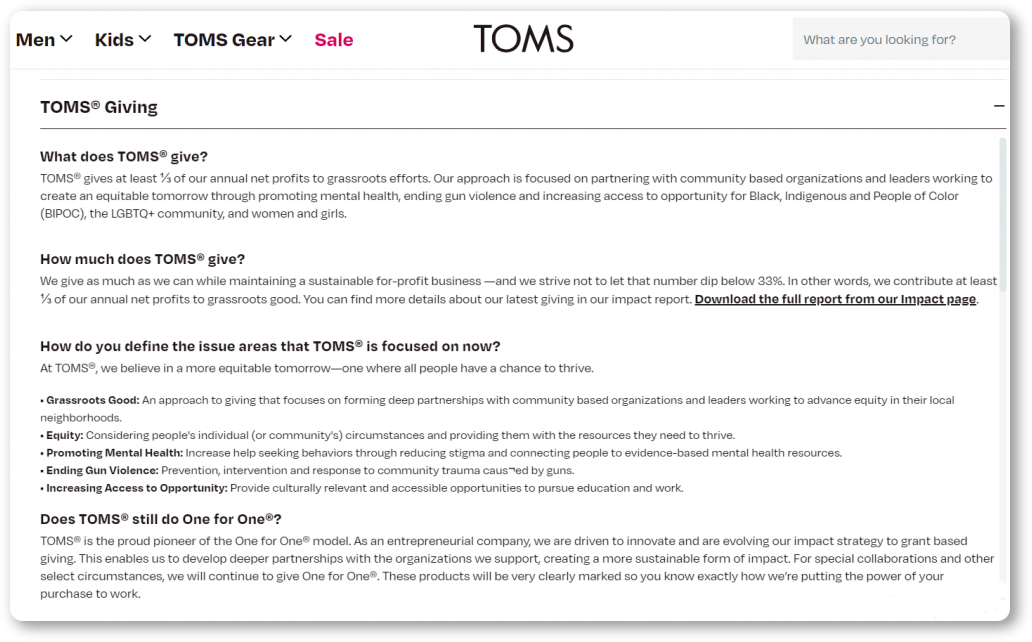
TOMS are keen on making our world a better place to live in. Apart from the ‘One for One’ program, they’ve started expanding their values, introducing other campaigns related to grassroots efforts, social inclusion and gender equity, mental health, and accessible education and work opportunities.
If you decide to make any changes in your brand vision, as TOMS did, you need to reassure your loyal customers that they will be cared for and valued the same way as before. And to make sure your buyers understand and share your possible changes, use surveys and collect feedback from them to be on the same page.
Speaking of feedback…
3. Collect feedback
Knowing your customers’ expectations and user experience challenges gives you tons of insights into your product and can significantly aid you in reducing your churn rate.
Capture the voice of your customers with surveys! But keep in mind that you need to be specific in your question range. Avoid frequent interrogation polls because it can lead to annoyance and discouragement in giving feedback. Also, you can check your customers’ satisfaction by implementing a rating system or using a thumbs up/down approach after resolving their issues.
Besides, why not collect customer feedback using social media?
Let’s have a look at another retail giant — Tesco. They’ve started using Twitter as their feedback source where they’re openly gathering complaints, wishes, and suggestions, thus creating a discussion.
The fact that customers share complaints on a social media platform puts the customer care team in the spotlight. It can be stressful, but at the same time, it’s a fantastic approach to highlighting your high-level proficiency in solving issues and handling customer complaints.
Also, your buyers can see that their feedback is not only noticed but also matters.
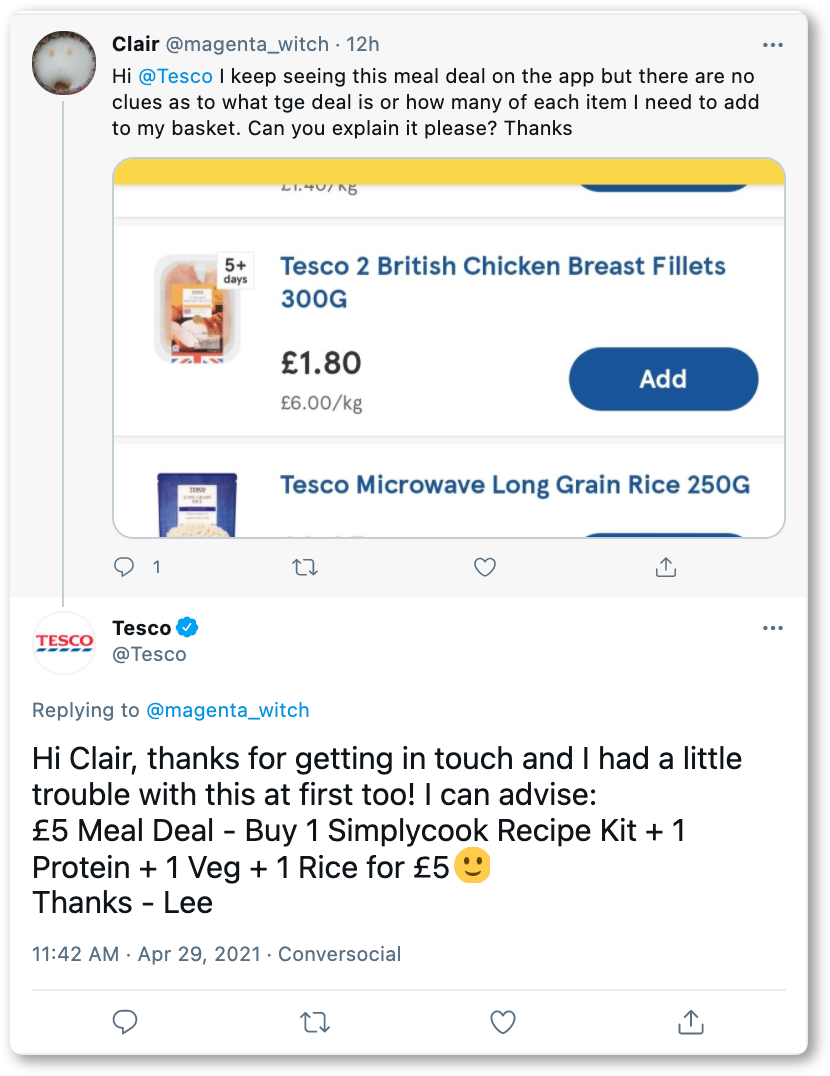
But before you implement this retention strategy, don’t forget to analyze your target audience and buyer personas since your communication will be happening in public, and you need to add personality to your messages. Nobody likes talking to bots, so make sure you know how to approach your loyal customers.
Don’t forget to include feedback from your customer care team, too! They’re resolving customers’ problems all the time and are experts in identifying where the pitfalls are or might be.
4. Improve your customer service
93% of customers are willing to purchase again from companies with excellent customer service. But before running a marathon of extra miles, think about what your business puts into your customer service.
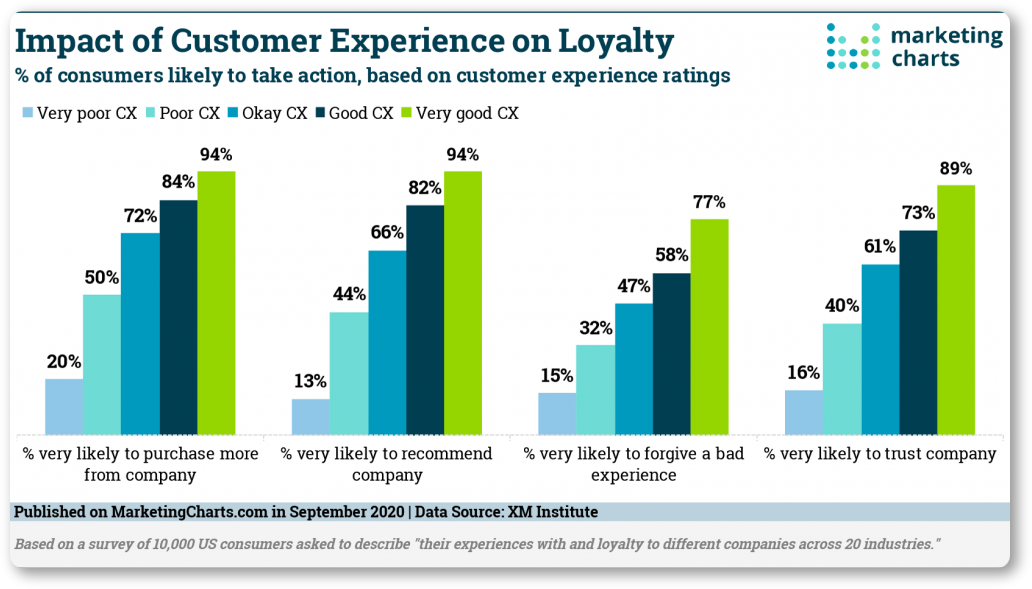
According to Dixon, Freeman, and Toman’s research, customers are more interested in getting fast solutions to their problems than being offered extras. It’s a game-changer for many:
‘Delighting customers doesn’t build loyalty; reducing their effort — the work they must do to get their problem solved — does.‘
Going above and beyond can send mixed signals to your consumers. Very few buyers want to receive extra services or listen to how important they are and that help is on the way. Inability to resolve an issue fast and without any unnecessary fuss can be perceived as poorly trained customer service. Or they might even think that solving their problem brings too much inconvenience to everyone involved.
Instead of going beyond the norm, start acting on this research insight, and you will see positive changes in customer retention, customer care costs, and a decrease in your customer churn.
5. Create onboarding programs
Getting started working with a new product or service can be frustrating or even stressful. So save your buyers’ time by providing them with an informative, personalized onboarding program. Make them feel welcomed!
You can achieve it by incorporating the following:
- Welcome emails and greeting messages
- Academies or knowledge base
- Tutorials and various how-tos
- Video guides and interactive walk-throughs
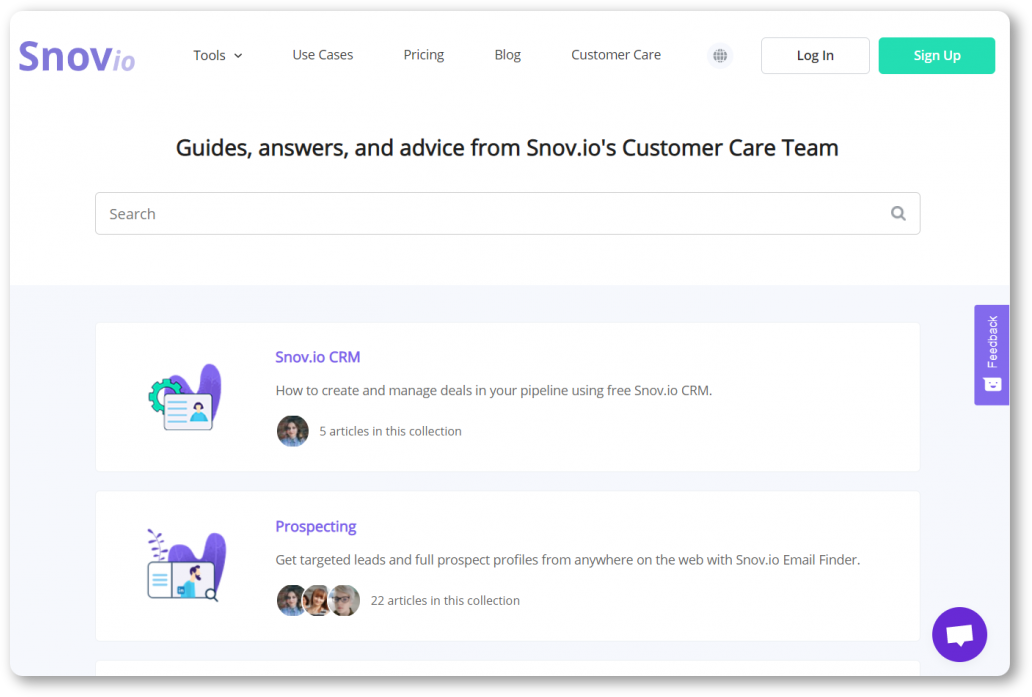
Showing your customers how your product features work will not only prevent them from experiencing negative emotions but also increase their trust in your brand and their feeling of security.
For example, Grammarly does a beautiful job onboarding its users!
As soon as you start working with the app, it opens with a learn-by-doing demo document that points out its main features, gives tooltips, and guides clients through in a logical, sequential order. The text is engaging and fun to read, with common mistakes and suggestions for their correction highlighted.
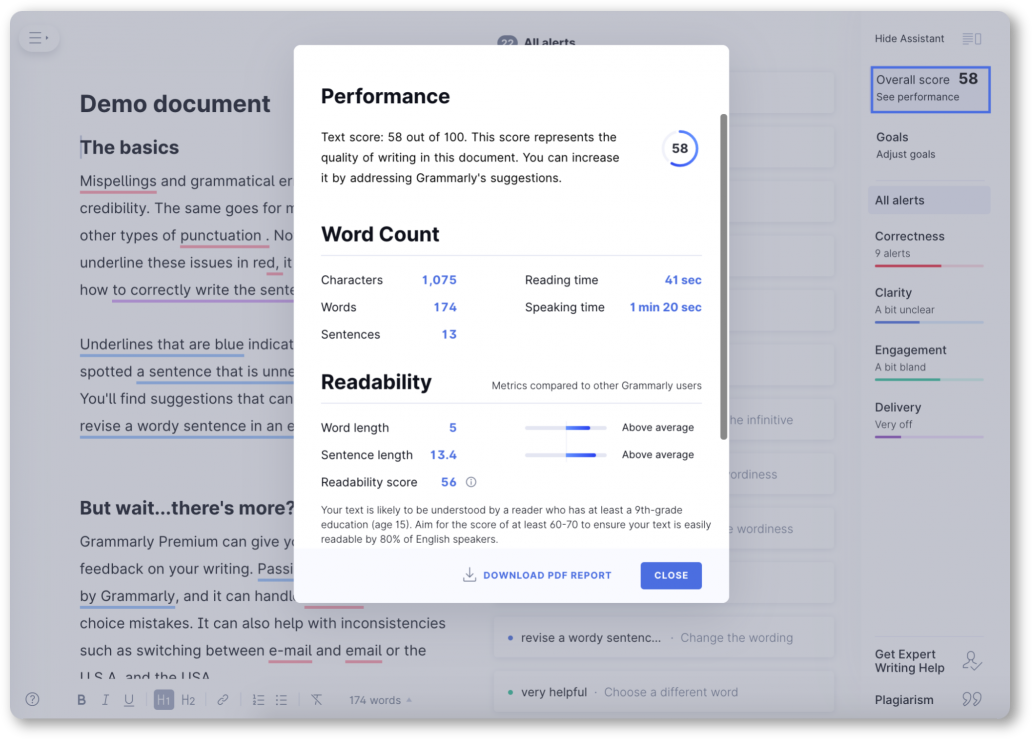
With an easy and entertaining onboarding program for your customers, they’ll know you value their time and are ready to assist them no matter what. It will also show them that you’ve analyzed possible difficulties your clients might experience and worked on making their first interaction with your product as smooth as possible.
6. Cultivate brand advocates
This strategy helps kill two birds with one stone — retain the existing customers and convert new prospects!
Constantly telling your leads that your product is the best doesn’t work as well as you might think. 69% of people don’t trust advertisements, and 71% don’t trust sponsored ads on social networks.
So stop convincing your prospects that they should buy from you! Let your loyal customers do it instead. HubSpot, in their research, revealed that 81% of people trust their friends and family’s advice over advice from a business.
It’s a fact that a happy and satisfied client will be coming back to you, increasing their lifetime value 10x compared to their first purchase. And if your lasting, fruitful relations with your loyal customers are genuine, they will start spreading a good word about your product.
They can either become your brand advocates, which is a win-win situation for both of you. Or you can encourage them to be your brand ambassadors. Make sure you acknowledge their spread of positive word of mouth and provide them with necessary tools like:
- Referral programs
- Testimonials
- Social proofs
- Affiliate programs
For example, Payoneer uses a referral program that is too hard to resist. They reward both parties involved — the one that brings a friend and a newcomer. It’s a great retention strategy that benefits loyal customers by giving them extra cash and supporting newbies that might be hesitating whether to use the service in the future.
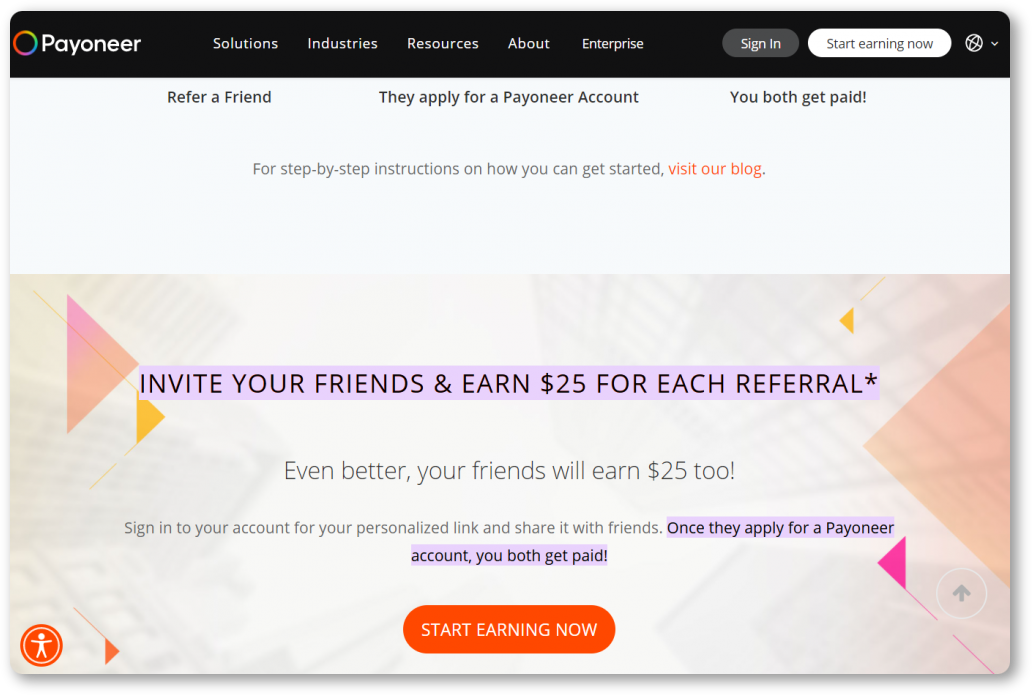
7. Benefit from email marketing automation
The previous strategies are all widely used and sometimes even interlinked. But what if we tell you there’s a universal tool that can bring all the best retention strategies to the table?
With email marketing automation, you can track your customers’ feedback, build loyalty programs, remind clients about your values, make your onboarding program fast and easy, encourage your brand advocates, and much more — all by creating email sequences.
So far, it’s the most agile tool to empower your retention game. The only question left is which platform to use.
More than one million users choose Snov.io as an automation tool that helps them make their retention rates hit the sky. With it, you can create triggered cold email outreach campaigns to send rewards and exclusive offers to your loyal customers or welcome emails to your newcomers.

And if you don’t know how to put it on paper, don’t worry! There are email templates for any occasion like re-engagement emails, follow-ups, and many more.
It’s easy, free, and optimizes your work immensely.
Wrapping up
As top brands demonstrate, sustainable retention equals sustainable growth.
In most cases, companies prioritize customer acquisition because they’re afraid of remodeling their retention strategy or are too scared of disappointing their investors. But the approach where a brand focuses only on acquiring as many new prospects as possible is utterly outdated.
The acquisition is nothing without retention. Let’s take online retailers as an example: 8% of their loyal customers generate more than 40% of their revenue! Impressive, isn’t it?
The solution to skyrocketing your revenue is not somewhere out there. Your loyal customers are the key to your success, and they are here for you.
So is Snov.io! It doesn’t matter what customer retention strategy you prefer to use, its free CRM and integrated email service come to the rescue.
